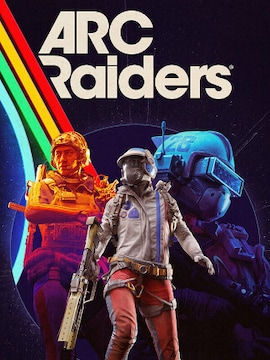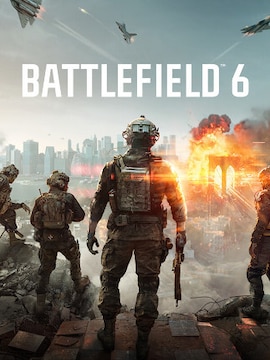Winning a multiplayer game often depends not only on skill, but also on knowing the layout of the map and utilizing this knowledge to one’s advantage. Choke points could be critical there – let’s explore this subject together!
What is a choke point?
Choke point (or chokepoint) is a part of the map, usually narrow or small, serving as a bottleneck, which forces players of two or more teams to interact with each other. As their movement is restricted due to limited space, players trying to pass through the area are often forced to fight or ambush their enemies to gain map control, critical for victory.
Examples of such areas of conflict include corridors, natural paths bounded by environmental obstacles or objects, doorways, bridges, and tunnels. As the layout of a choke point makes predicting enemy movement easier, players usually try to focus their fire on a point where an opponent may appear, set traps and turrets, or block the passage to defend their side.
Choke point meaning in games
As stated before, choke points are often featured on maps featured in multiplayer games. Here are some examples of popular productions using this concept:
- Counter Strike 2: a classic choke point in multiplayer games, mid on the Dust II map, is a great example of the concept put to life. In order to gain mid control, Terrorists and Counter-Terrorists have to skillfully coordinate actions such as throwing grenades and shooting, often using an AWP, in the “Double Doors” area.
- Overwatch: the Temple of Anubis map is another good example of choke point usage, with capture points accessible either via a choke point only or with a side route requiring specific abilities to go through.
- Halo: narrow halls and tight spaces are present on many maps, for example, the Blood Gulch – one of the most influential multiplayer maps. Enclosed on all sides by high natural walls, the map features not only a huge open space with some elevation differences in the middle, but also canyon and cave pathways on the sides.




